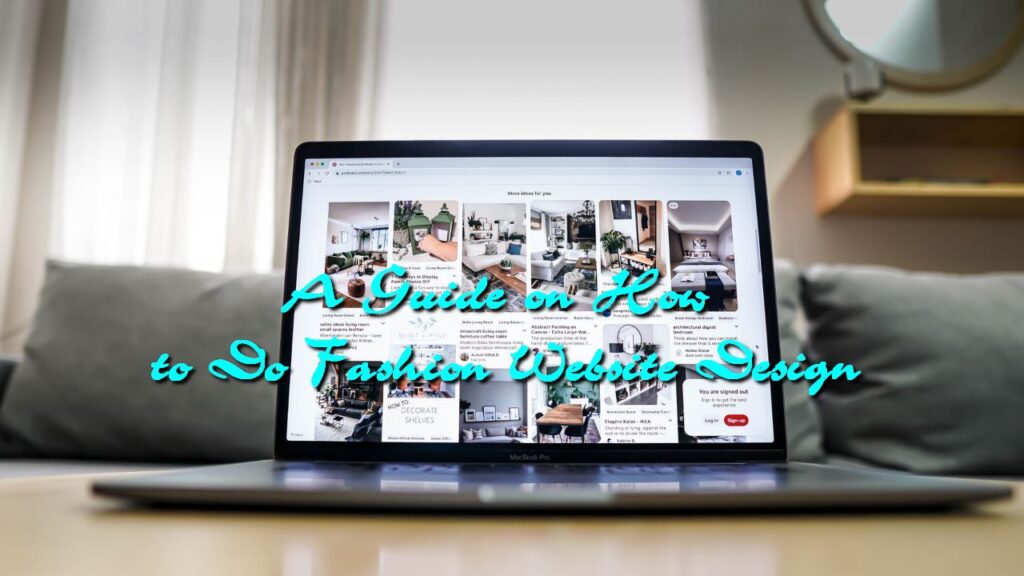In a highly competitive fashion world, having a captivating and functional website is the first priority for any fashion brand or designer looking to make a mark in the industry. Your website serves as the virtual storefront for your fashion business, showcasing your unique style, products, and brand identity. Crafting a well-designed fashion website is not only an artistic endeavor but also a strategic one. In this article, we will walk you through the essential steps and considerations to create a stunning fashion website that captures your audience’s attention and drives engagement.
Brand Identity
Before starting the design process, it’s crucial to have a clear vision of your fashion brand identity. You need to define your brand’s personality, values, and target audience. Your website’s design should align with these aspects, creating a consistent and cohesive online presence.
Research and Inspiration
Explore the websites of other fashion brands, for example, brands like Farm Rio and fashion designers’ websites, for inspiration. Take note of design elements, layouts, and features that resonate with your brand’s vision. Research the latest trends in fashion website design while keeping in mind that your website should stand out and represent your unique style.
Choose the Right Platform

Selecting the right platform for your fashion website is a critical decision. Content management systems (CMS) like WordPress, Shopify, and Wix offer user-friendly interfaces and customizable templates tailored to fashion websites. Consider your technical proficiency and specific website needs when making this choice.
User Experience (UX) Design
User experience is paramount in fashion website design. Ensure that your website is easy to navigate, with clear menu options and intuitive user paths. Use responsive design to ensure your website looks and functions seamlessly on both desktop and mobile devices.
Visual Elements
The visual elements of your fashion website are where your creativity shines. Consider the following aspects:
Images: High-quality, professionally shot images of your fashion products are a must. Showcase your products from various angles and in different contexts to give visitors a comprehensive view.
Typography: Choose fonts that reflect your brand’s personality. Use readable fonts for body text and select a unique font for headings and branding.
Color Palette: Your color scheme should align with your brand identity. Consider color psychology to play with audience emotions and create specific associations in your audience.
Whitespace: Incorporate whitespace to create a clean and uncluttered design. It enhances readability and allows your content to breathe.
Branding
Consistency is key in branding. Incorporate your logo, brand colors, and typography consistently throughout your website. This creates a memorable and cohesive brand experience for your visitors.
Product Showcase
Your fashion website’s primary goal is to showcase your products effectively. Organize your products into categories or collections, making it easy for visitors to browse and shop. Implement high-quality product images, detailed descriptions, and pricing information.
Content Creation
Beyond product listings, create engaging and informative content. Blog posts, fashion guides, trend updates, and behind-the-scenes content can establish your brand as an authority in the industry and boost your website’s SEO.
E-Commerce Integration
If you’re selling products online, seamless e-commerce integration is essential. Ensure that your website integrates with a secure and user-friendly e-commerce platform that offers features like shopping carts, payment processing, and inventory management.
Contact and Support
Provide clear contact information, including a contact form, email address, and phone number. Offering responsive customer support is crucial for building trust and loyalty with your audience.
Social Media Integration
Integrate your social media profiles and encourage visitors to follow you on platforms like Instagram, Facebook, and Pinterest. Social media can be a powerful tool for showcasing your fashion products and engaging with your audience.
Performance Optimization
Optimize your website’s performance for speed and SEO. Faster loading times improve the user experience and boost your search engine rankings.
Testing and Quality Assurance
Before launching your fashion website, thoroughly test its functionality across different browsers and devices. Check for broken links, typos, and any design inconsistencies.
Launch and Promotion
Once your website is ready, launch it with a bang. Promote it through your social media channels, email newsletters, and any other marketing channels you utilize.
Ongoing Maintenance
Your fashion website is not a one-time project. Regularly update your content, product listings, and design to keep it fresh and engaging. Monitor its performance and make improvements as needed.
Conclusion
Creating a fashion website that captivates your audience and drives success is an art and a science. By following this comprehensive guide and paying attention to the details, you can design a stunning fashion website that reflects your brand’s unique style and effectively showcases your products to the world. Remember that your website is a dynamic platform that evolves with your brand, so embrace opportunities for improvement and innovation as you continue to grow in the fashion industry.
